Description:
Follistatin 344 is an activin-binding protein that aid muscle repair process and also improve
motor functions. It is is made up of 323 amino acids.
It binds directly with activin and acts as an activin antagonist. Follistatin 344 is a selective
inhibitor of biosynthesis and secretion of pituitary follicle stimulating hormone (FSH). Follistatin
344 is a potent myostatin inhibitor and promotes muscle growth this is due to the fact it blocks
myostatin. The peptide is preferred by athletes who are unable to exercise regularly or opt out
from sports activities but need massive muscle mass. Research studies demonstrated the anti-
aging and tissue rejuvenation effects of Follistatin, it is also a glycoprotein encoded by the FST
gene which means that it is widely distributed in all tissues. A single follistatin gene encodes to
various isoforms including FST317 and FST344.
These isoforms are made up of 317 and 344 amino acids that promote alternative splicing of
mRNA. Molecular biological studies have identified potential linkage between polycystic ovarian
syndrome and follistatin genes. It was first discovered as follicle stimulating hormone compound
in the ovarian follicle fluid. The human Follistatin CDNA encodes for a 344 amino acid protein
with 29 amino acids signaling the sequence. The domain that encodes for the EGF has kazallike
motifs and a highly acidic C-terminal. The secreted Follistatin binds to TGF-family ligand as
indicated and it regulates the activity of the signaling receptors. Previous studies had shown that
the polypeptide is an antagonist to activin. Moreover apart from being an antagonist to activin,
Follistatin inhibits activities of other TGF-beta ligand such as GDF-11, BMP-2,-4,-6 and
myostatin among others. In most cases, Follistatin is expressed in the ovaries, pituitary gland,
and endometrial cells in some cases.
Follistatin (FST) is a secreted glycoprotein that was first identified as a follicle stimulating
hormone inhibiting substance in ovarian follicular fluid (1, 2). Human Follistatin cDNA encodes a
344 amino acid (aa) protein with a 29 aa signal sequence, an Nterminal atypical TGF binding
domain, three Follistatin domains that contain EGFlike and kazallike motifs, and a highly acidic
Cterminal tail. Follistatin is a secreted protein that binds to ligands of the TGF-Beta family and
regulates their activity by inhibiting their access to signaling receptors. It was originally
discovered as activin antagonists whose activity suppresses expression and secretion of the
pituitary hormone FSH (follicle stimulating hormone). In addition to being a natural antagonist,
follistatin can inhibit the activity of other TGF-Beta ligands including BMP-2, -4, -6, -7, Myostatin,
GDF-11, and TGF-Beta1. Follistatin is expressed in the pituitary, ovaries, decidual cells of the
endometrium, and in some other tissues. Recombinant human Follistatin is a 37.8 kDa protein
containing 344 amino acids .
|
Peptide
|
| MGF (2mg) |
HGH 176-191 (2mg) |
| PEG MGF (2mg) |
CJC-1295 (2mg) |
| DSIP (2mg) |
CJC-1295 DAC (2mg) |
| TB500 (2mg) |
GHRP-2 (5mg / 10mg) |
| Oxytocin (2mg) |
GHRP-6 (5mg / 10mg) |
| Hexarelin (2mg) |
Selank (5mg) |
| Triptorelin (2mg) |
Epitalon (10mg) |
| Ipamorelin (2mg) |
PT-141 (10mg) |
| Sermorelin (2mg) |
Melanotan I (10mg) |
| Gonadorelin (2mg / 10mg) |
Melanotan II (10mg) |
| Tesamorelin (2mg) |
ACE031 (1mg) |
| BPC157 (2mg) |
Follistatin 315 (1mg) |
| AOD9604 (2mg) |
Follistatin 344 (1mg) |






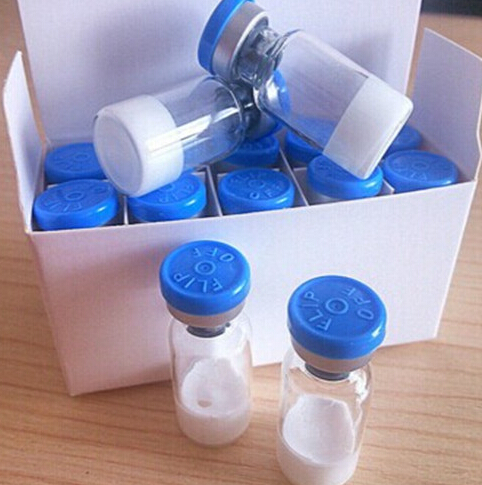
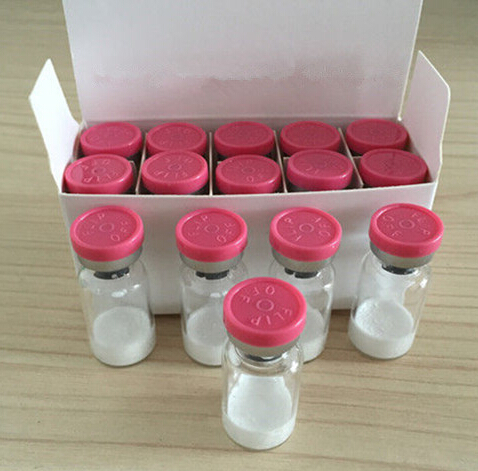
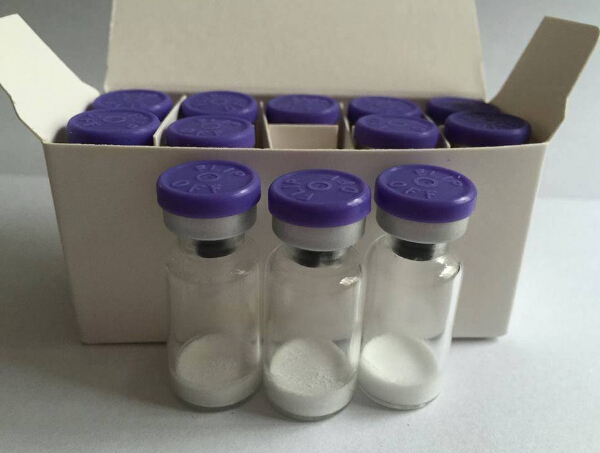
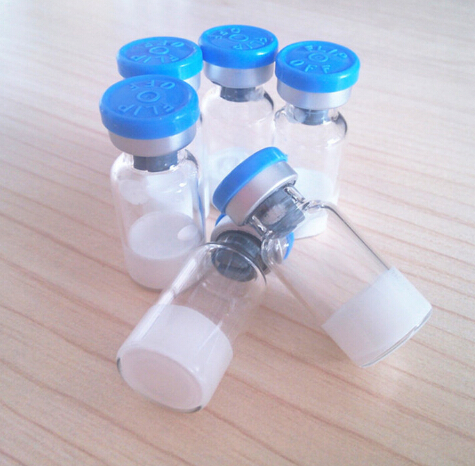
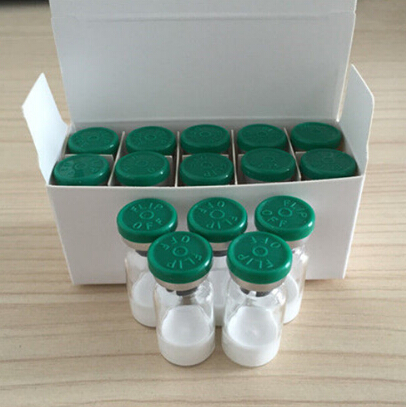
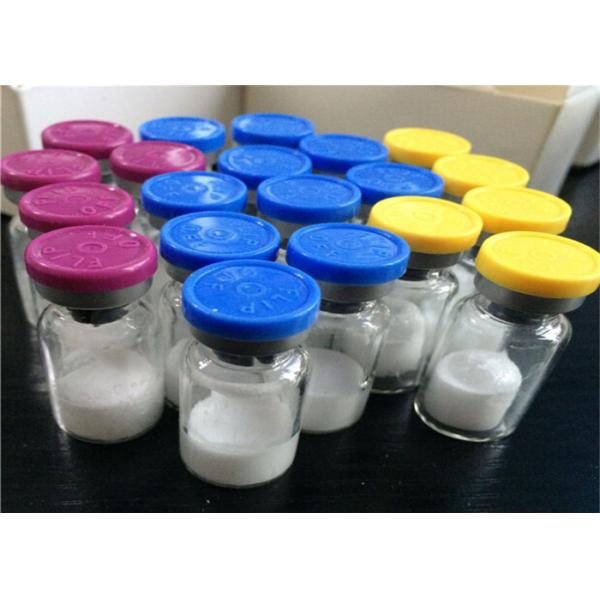
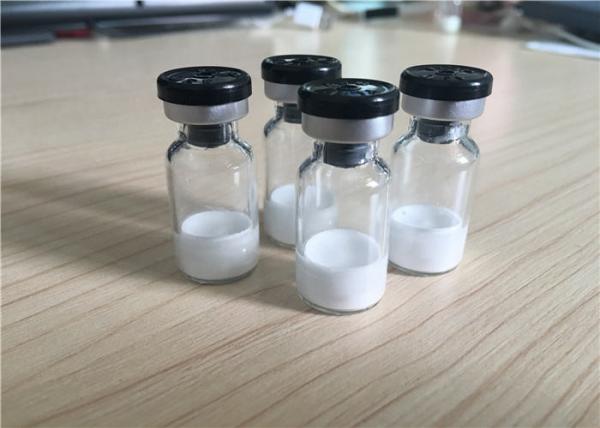
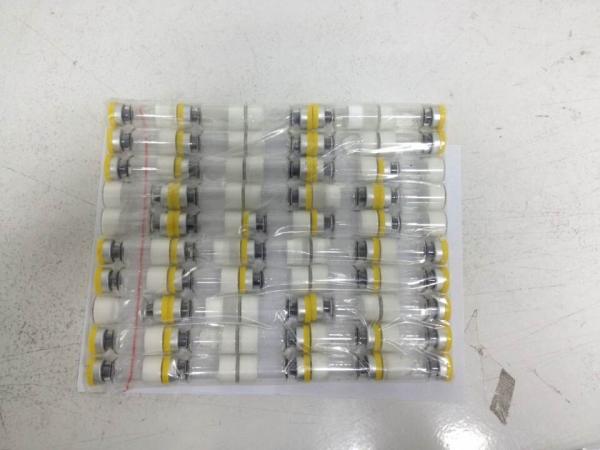
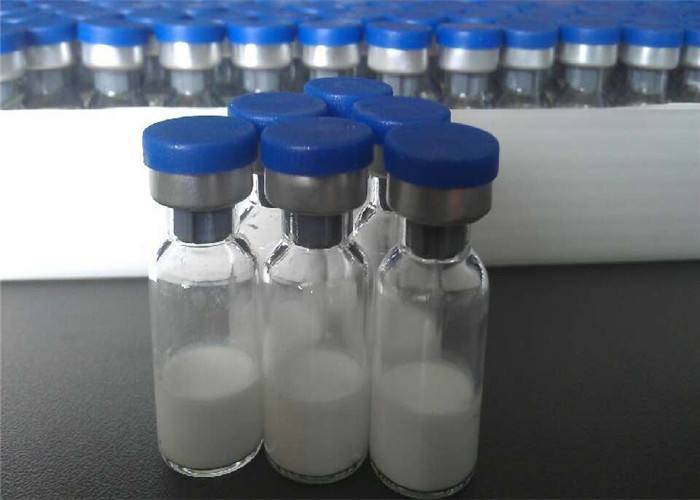



 Sales Manager
Sales Manager